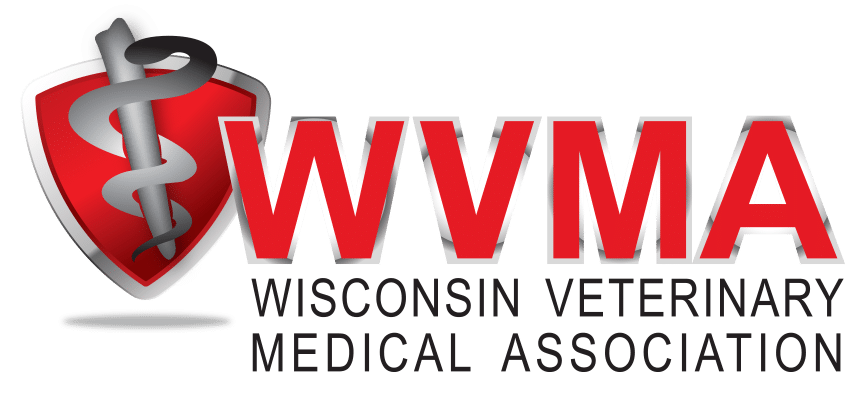By Attorney Steve DiTullio, DeWitt, LLP
As COVID-19 vaccines become widely available, veterinary clinics and businesses across the U.S. are struggling with the proper way to return to “normal.” Business owners are questioning what the proper and ethical way to return is and what is within their legal rights. Should clients and employees be required, encouraged or discouraged to wear a mask and/or show proof of
vaccination?
This article and the June 15 webinar will help provide guidance on updating the COVID-19 policies within your practice.
National Directives
President Biden’s initial directives to the Occupational Safety and Health Administration (OSHA) included two deadlines:
• Early February: Issue workplace safety COVID-19 guidance (Guidance).
• Mid-March: Issue a mandatory emergency temporary standard (ETS) on COVID-19, including whether to require the wearing of masks in the workplace.
While OSHA issued its Guidance in late January, the ETS still has not been issued and it is now anticipated that it will not be released until sometime before the end of June. In the meantime, OSHA issued a National Emphasis Program (NEP) regarding COVID that went into effect in mid-March. What do these three OSHA initiatives, along with the CDC’s recent mask guidance for those who have been vaccinated, mean for veterinary clinics, hospitals and practices in Wisconsin?
OSHA’s COVID Guidance
The OSHA Guidance applies to virtually all employers, including veterinary clinics, hospitals and practices. It specifically reminds employers that OSHA has a general duty clause requiring employers to provide employees with a safe and healthful workplace, and this certainly applies to COVID. So, an employer that chooses to ignore basic COVID safety rules (masks in common areas, social distancing, reminders about hand washing, strictly enforcing that individuals who are sick must not be at work, etc.) runs the risk of violating OSHA’s general duty clause if employees become sick from exposure at the workplace.
In addition, the Guidance notes that the most effective manner for employers to mitigate the spread of COVID is to implement a COVID prevention program which includes:
• Assigning a workplace coordinator responsible for all workplace COVID issues.
• Completing a COVID hazard assessment to identify where and how workers might be exposed to COVID in the workplace.
• Identifying measures that will limit the spread of COVID, including physical distancing, use of barriers, face coverings, ventilation, PPE and cleaning, disinfecting, and providing sufficient hygiene supplies.
If your veterinary practice has not established a prevention program with at least these items, it is recommended that it does so. While failure to do so will not automatically result in a citation of a specific regulatory violation, it could be considered in a citation for failure to follow the general duty clause – especially if your practice has a significant COVID outbreak.
The Guidance also sets forth other practices that should be considered as part of a prevention program including – but not limited to – policies and practices to protect workers at higher risk for severe illness; educating and training workers on COVID-related policies; performing enhanced cleaning and disinfection, particularly after workers have been confirmed with COVID; providing guidance to employees on screening and testing; and implementing anti-retaliation processes for workers who voice concerns about COVID-related hazards.
NEP and Increased OSHA Enforcement
Although the NEP has not singled out veterinary medicine as a high-risk industry, it is important for veterinary practices to understand that the NEP is one example of an enforcement program designed to increase OSHA enforcement by prioritizing efforts on workplaces with a high risk of exposure. The Biden Administration will not be taking the same limited approach to worker safety that the Trump Administration did. OSHA has already begun filling OSHA inspector and staff vacancies and the NEP is a clear signal that there is “a new sheriff in town” regarding worker safety. Therefore, you should make sure your business has taken all necessary steps to comply with COVID safety measures as set forth in the Guidance and when the ETS is issued.
Since the Guidance was issued on January 29, OSHA has received more than 13,000 complaints and has conducted approximately 1,600 inspections. Additionally, OSHA has announced more than 300 inspections resulting from citations and proposed penalties of nearly $4 million.
The NEP has listed targeted industries such as health care businesses (e.g., physicians’ offices, hospitals, ambulance services, dentistry, retirement communities and assisted living facilities) as well as non-health care businesses (e.g., meat processing, supermarkets, department stores, restaurants, and general warehousing and storage) as a priority. The NEP, which went into effect immediately on March 12, mandates that five percent of each OSHA region’s total inspections be related to COVID-19.
The Pending ETS on COVID and the CDC Mask Guidance
When it is finally issued, the ETS is expected to apply to all employers including veterinary clinics, hospitals and practices. A draft ETS was sent to the White House in early May, but the ETS has not been issued yet. The reason for the delay in issuing the ETS (it was even considered that it would not be issued at all) appears to be primarily due to the falling COVID numbers in the U.S., along with the roll-out of the nation’s vaccination plan, which have eased the belief that “emergency” action by OSHA is really needed at this time (as compared with sometime in 2020 or early 2021). Nonetheless, when the ETS is issued, it will take effect immediately and can, by law, remain in place for up to six months (although it could be subject to certain legal challenges).
